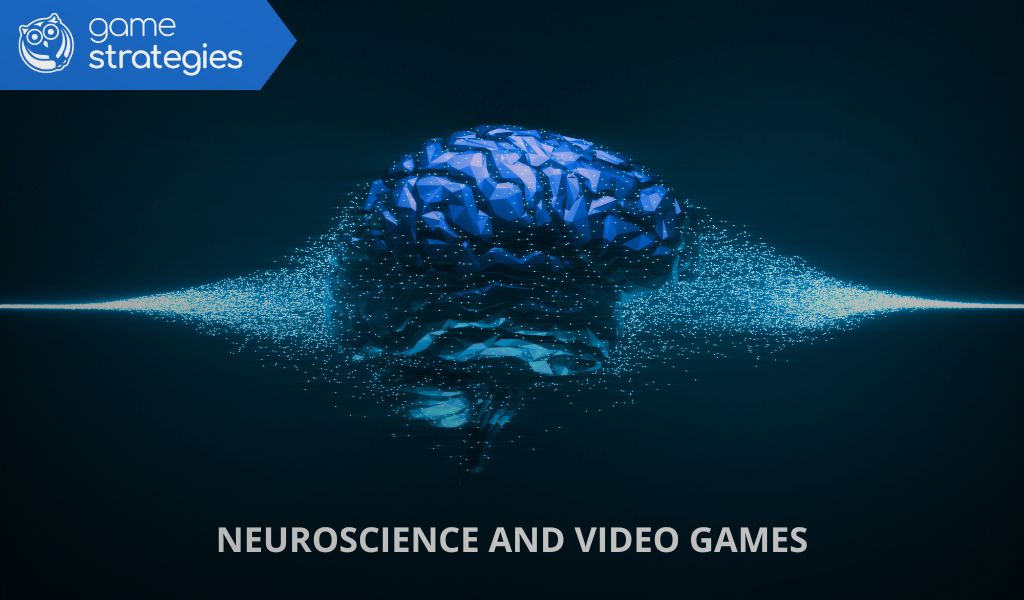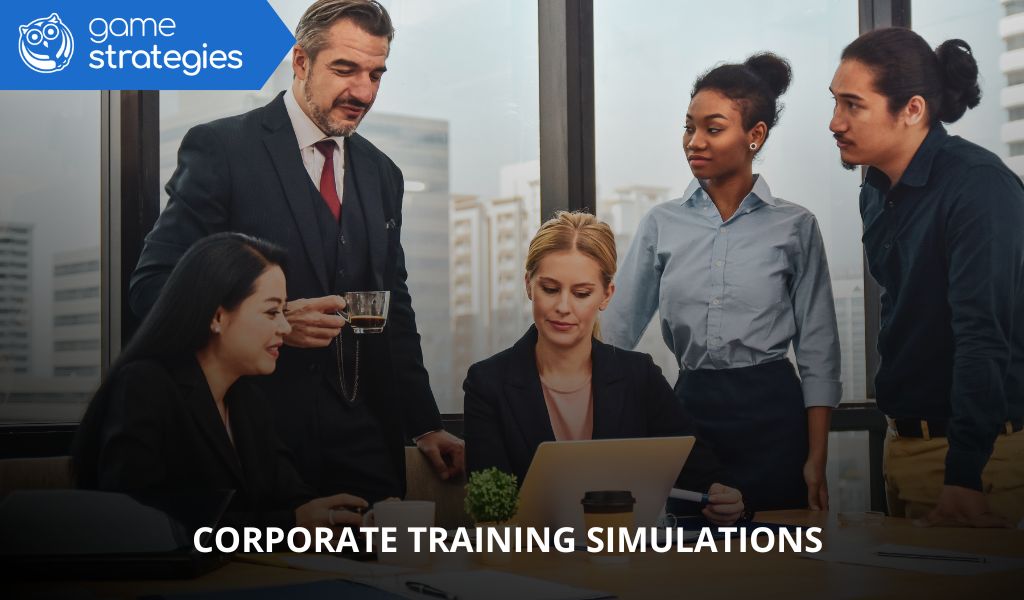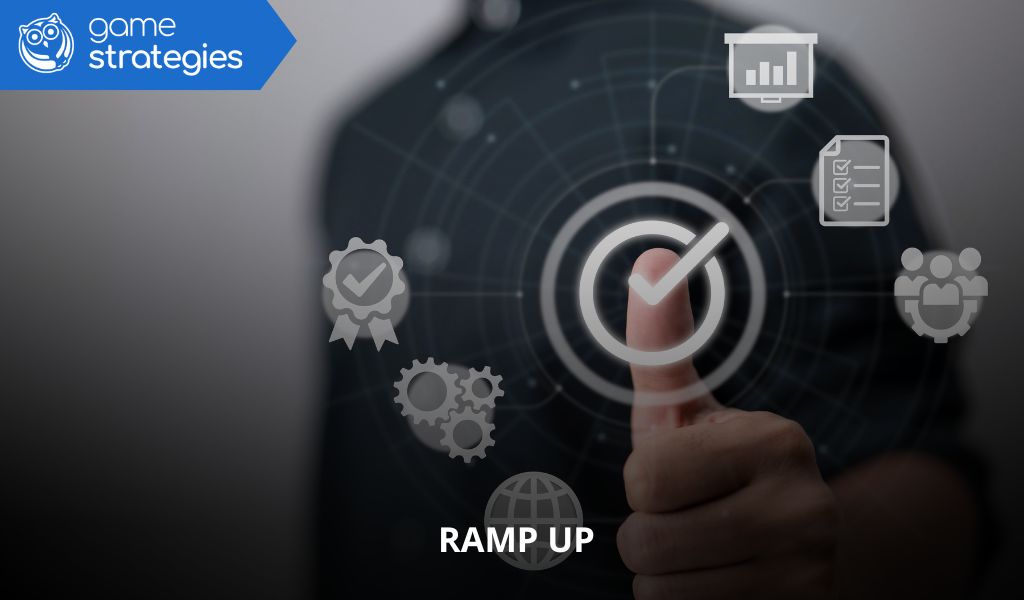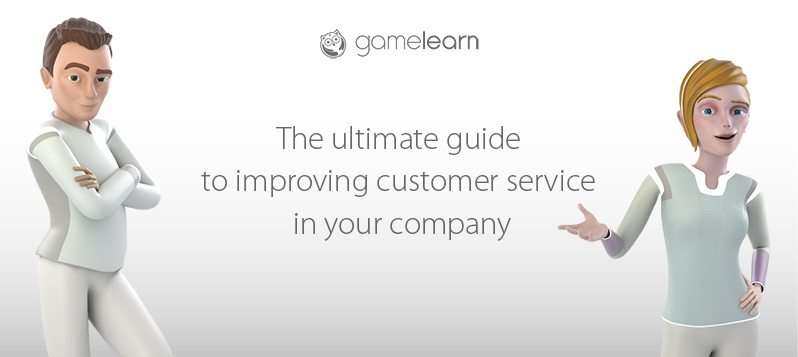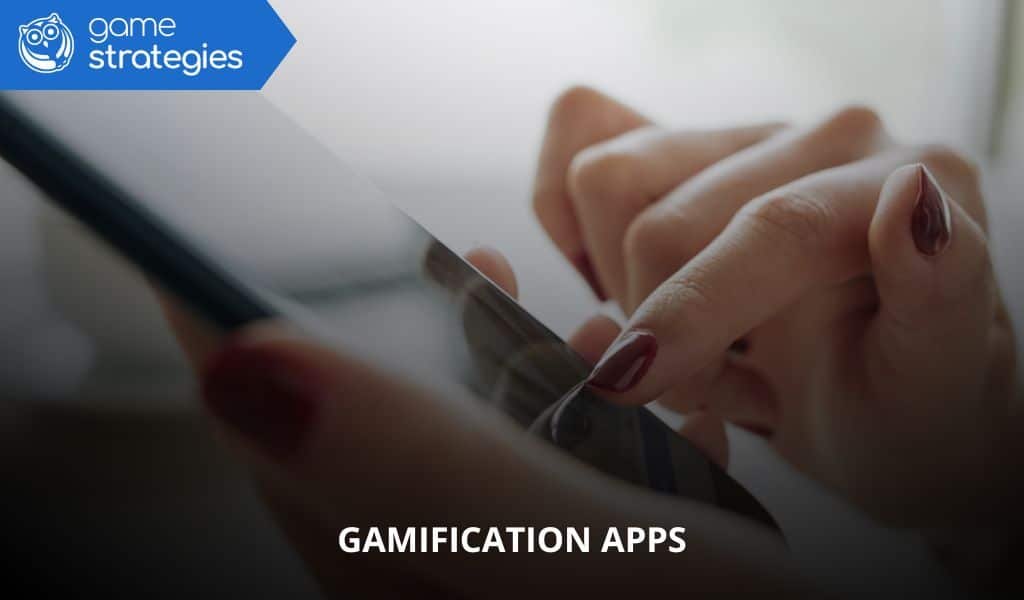The combination of neuroscience and video games is not only fascinating but also highly effective for teaching and learning processes. In corporate, educational, and training contexts, the use of games designed with neuroscientific principles—such as those created by platforms like Game Strategies—transforms the learning experience into something more engaging, effective, and measurable.
Thanks to principles such as neuroplasticity, dopamine release, and progressive stimulus design, video games create high-performance cognitive environments. In this article, we explain why they work, how they are designed, and how they can help your organisation improve the ROI of training.
Neuroscientific principles behind video games
Dopamine and reward systems as a driver of motivation
Dopamine plays a crucial role in motivation during training. When we overcome challenges or unlock achievements in a video game, the brain releases dopamine, creating a pleasant sensation that reinforces behaviour. This mechanism is central in corporate gamification and the link between neuroscience and video games, helping sustain consistency in training.
Sustained attention through progressive challenges
Video games maintain attention by continuously adjusting difficulty and offering varied stimuli. This balance between challenge and skill (the state of flow) is essential to prevent learning from becoming boring or frustrating.
Neuroplasticity: how gaming changes the brain
Neuroscience and video games are deeply connected through neuroplasticity: playing involves constant brain adaptation, strengthening neural connections. This not only supports retention but also fosters the creation of new skills.
How do video games support effective learning?
Spaced repetition and long-term memory reinforcement
Well-designed video games use spaced repetition and reinforcement techniques, which are vital for consolidating knowledge into long-term memory. These appear in daily challenges, recurring missions, or gamified content reviews.
Multisensory learning: visual, auditory, and kinesthetic
Game-based learning activates multiple sensory channels, allowing information to be processed more deeply. Platforms such as Game Strategies combine visuals, sound, interaction, and decision-making, generating a playful and effective learning experience.
Immediate feedback to learn and correct quickly
One of the major advantages of video games is instant feedback: users receive clear, adaptive information about their performance, enabling them to correct mistakes quickly and enhance their skills.
Neurocognitive design in corporate gamified environments
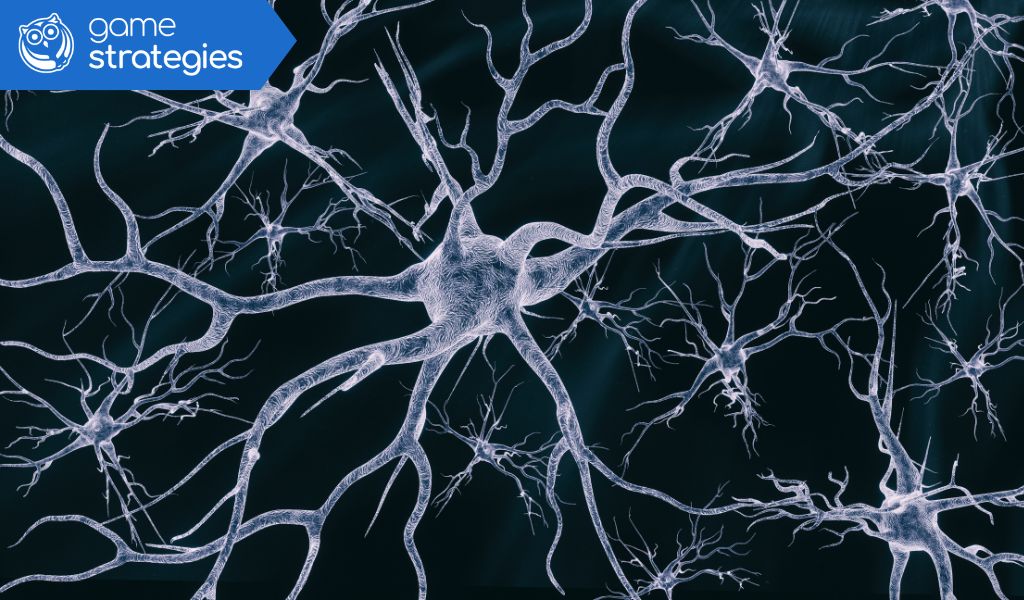
Setting clear goals and adaptive feedback
Neurodidactic design structures content into small, measurable, and motivating objectives. The Game Strategies platform enables companies to define training pathways aligned with professional performance, integrating feedback adapted to each user’s pace.
Incorporating brain breaks and “performance peaks”
Constant stimulation is not effective—breaks are essential for consolidating learning. A well-designed gamified system includes pauses, delayed rewards, and short training sessions, optimising performance while avoiding fatigue.
Personalisation by Cognitive Styles and Learning Pace
Each learner is different. Personalisation features that adjust difficulty, content type, or delivery method according to cognitive style reinforce engagement and improve results.
Business benefits of the neuro-gamified approach
Increased knowledge and skills retention
Gamification rooted in neuroscience and video games boosts retention rates by up to 80% compared with traditional methods, leading to sustainable improvements in both technical and human skills.
Improved engagement and employee satisfaction
Neuroscience-based gamified training not only teaches more effectively but also drives motivation and genuine engagement, improving workplace culture and reducing training dropout.
ROI optimisation and reduced turnover
Implementing a neuro-gamified system, such as the one offered by Game Strategies, allows companies to measure training ROI with advanced dashboards while reducing indirect costs from turnover, disengagement, or training errors.
Scientific evidence
Research in neuroeducation and neuropsychology confirms the positive impact of neuroscience and video games on learning:
- A study from the University of Oxford demonstrated that structured video games improve problem-solving ability and working memory.
- The University of California identified structural brain changes in regular gamers, linked to enhanced attention and decision-making.
- In corporate contexts, analyses from providers such as Game Strategies show significant increases in the effectiveness of gamified training programmes.
Recommendations for implementing video games with a neuroscientific approach
Define cognitive and emotional learning objectives
Before choosing tools, define which competencies you want to develop: memory, mental agility, teamwork, emotional intelligence… This will guide the type of game, narrative, and mechanics to use.
Select aligned platforms – Game Strategies
Platforms like Game Strategies are specifically designed to apply these principles. They allow you to:
- Create simulations based on neuroscience and video games
- Measure impact with advanced neuro-training dashboards and KPIs
- Integrate with LMS and HR systems
Also explore our practical guide on how to introduce gamification into corporate training.
The relationship between neuroscience and video games is becoming increasingly evident. When applied correctly, this combination transforms learning environments into more effective, dynamic, and rewarding spaces.
Thanks to neuroplasticity, sensory design, and intrinsic motivation, video games enable employees to learn more, better, and with greater enjoyment—and most importantly, with real business impact.
If you want to enhance gamified training, improve knowledge retention, and optimise your learning investment, visit Game Strategies and discover how to take game-based learning to the next level.
¿De cuánta utilidad te ha parecido este contenido?
¡Haz clic en una estrella para puntuarlo!
Promedio de puntuación 5 / 5. Recuento de votos: 1
Hasta ahora, ¡no hay votos!. Sé el primero en puntuar este contenido.

